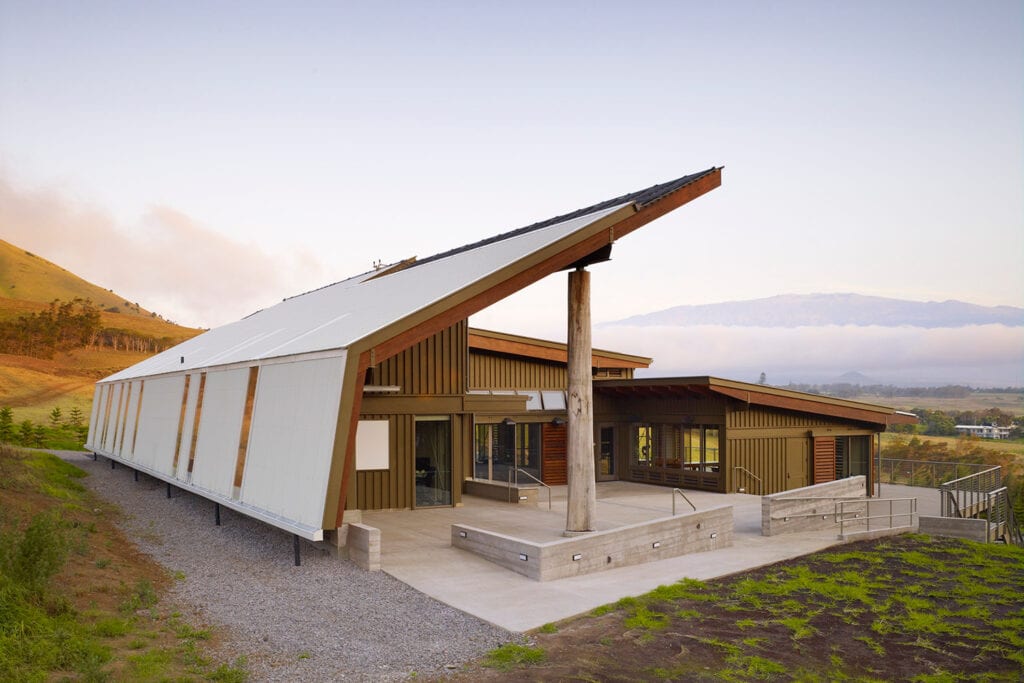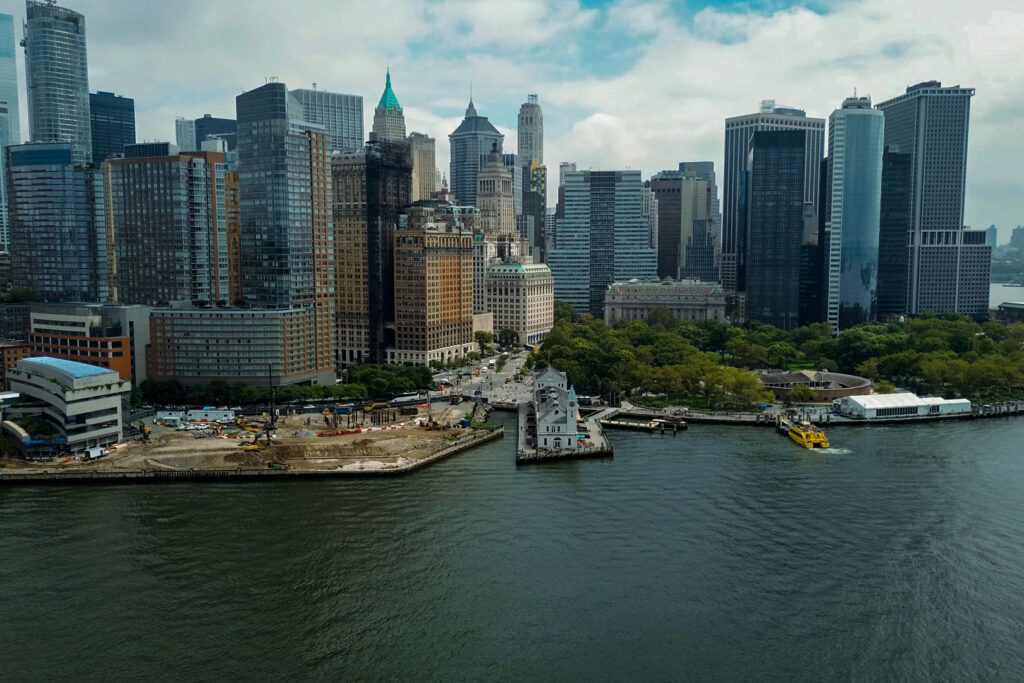Paving the way for next generation energy performance building standards
In March 2016, New York City became the first North American city to incorporate Passive House guidelines into its sustainability goals.
However, the number of cities, states and national governments globally looking to plan, phase-in and adopt measures to create a more resilient, low-carbon future are on the rise.
With these new mandates come the challenge of adapting building codes and industry standards to the design strategies, building systems and advanced materials needed to achieve these targets. Leading the way requires all parties—client, design team, city agencies—to work together to forge a new set of best practices.

In New York City, where Buro Happold currently is providing integrated engineering services for Cornell Tech’s residential building—the world’s first residential high-rise to be built to Passive House standards—Mayor de Blasio recently signed two significant pieces of legislation. Beginning in 2017, these measures will require city-owned building projects to achieve a 50% reduction in energy use intensity (compared to the median for comparable buildings in the city), as well as LEED v4 Gold certification. This legislation also requires the City to develop a plan to show how all new construction would be able to meet the Passive House energy use intensity criteria by the year 2030, an important step towards the Mayor’s ambitious city-wide 80×50 vision for reducing greenhouse gas emissions by 80% from the 2005 level by the year 2050.
Smaller projects have provided a crucial testing ground for next-generation standards. Hawaii Preparatory Academy’s Energy Lab, one of the first Living Building Challenge certified buildings in the world and the new Hitchcock Center for the Environment in Amherst, MA, which will be New England’s first public environmental center to meet the Living Building Challenge, are just two examples.
When scaling up to large urban projects such as The Tower at PNC Plaza or Cornell Tech’s Passive House tower, the team must examine a more complex array of considerations that include urban aesthetics, pedestrian experience, constructability and integrated systems. For both PNC and Cornell, the design team has worked closely with city agencies and certifying entities to vet design solutions that fulfill both local codes and criteria for certification.
In our work with our clients and collaborators we continually redefine what constitutes a meaningful commitment to a more sustainable future, and it is clear that government policies and building regulations play a fundamental role in catalyzing the far-reaching change needed to counter climate change. By demonstrating the feasibility of these visionary targets, we pave the way for more governments to follow.










